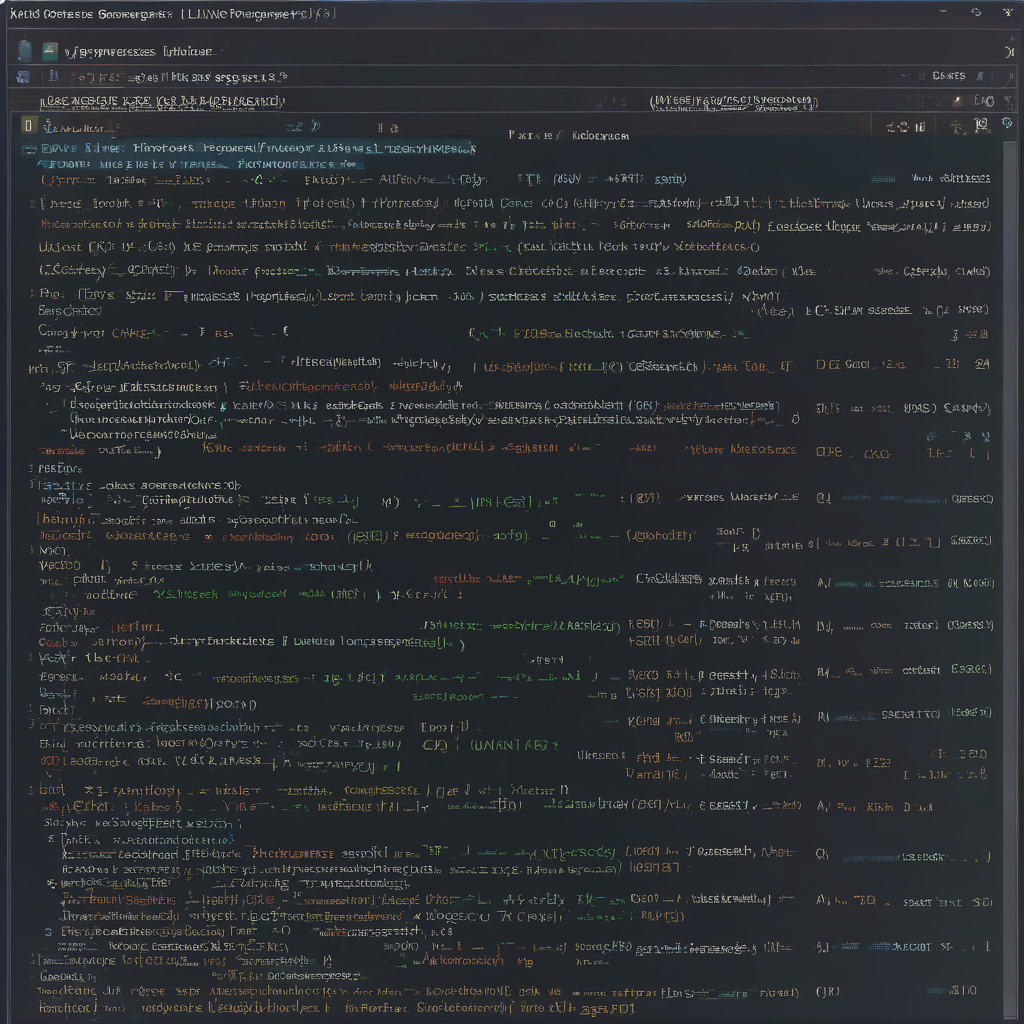Linux namespaces are a powerful feature that enables the isolation of processes, networking, filesystems, and more within a Linux system. But what are Linux namespaces, and how are they utilized in the world of IT and software development?
In essence, namespaces provide a way to partition system resources, allowing multiple processes to run independently without interfering with each other. This isolation is crucial for various purposes, such as containerization, virtualization, and security enhancements.
Let’s delve into some key types of Linux namespaces and their applications:
- PID (Process ID) Namespace: This type of namespace isolates the process ID number space, enabling processes in different PID namespaces to have the same PID. This is fundamental for process isolation in container technologies like Docker and Kubernetes.
- Network Namespace: Network namespaces isolate network resources, including network devices, IP addresses, routing tables, and firewall rules. This isolation is essential for creating network interfaces that are independent of each other, enabling different applications or containers to have their own networking stack.
- Mount Namespace: Mount namespaces provide an isolated view of the filesystem mount points. This allows different processes to have different filesystem views, which is crucial for containerizing applications with their own filesystem layout.
- UTS (Unix Timesharing System) Namespace: UTS namespaces isolate two system identifiers: the nodename and the domain name. This isolation is useful for running multiple instances of a system service with different UTS namespaces, each having its unique identifier.
- IPC (Inter-Process Communication) Namespace: IPC namespaces isolate inter-process communication resources such as System V IPC objects and POSIX message queues. This isolation enhances security and prevents processes in different namespaces from interfering with each other’s communication channels.
By leveraging these namespaces, developers and system administrators can create lightweight, isolated environments for applications, improve system security, and enhance resource utilization. For instance, container technologies like Docker heavily rely on Linux namespaces to provide containerized environments that are portable, scalable, and secure.
In conclusion, Linux namespaces play a vital role in modern IT infrastructure by enabling efficient resource isolation and management. Understanding how namespaces work and how they are utilized can empower professionals to design robust, scalable, and secure systems in the ever-evolving landscape of technology and software development.

